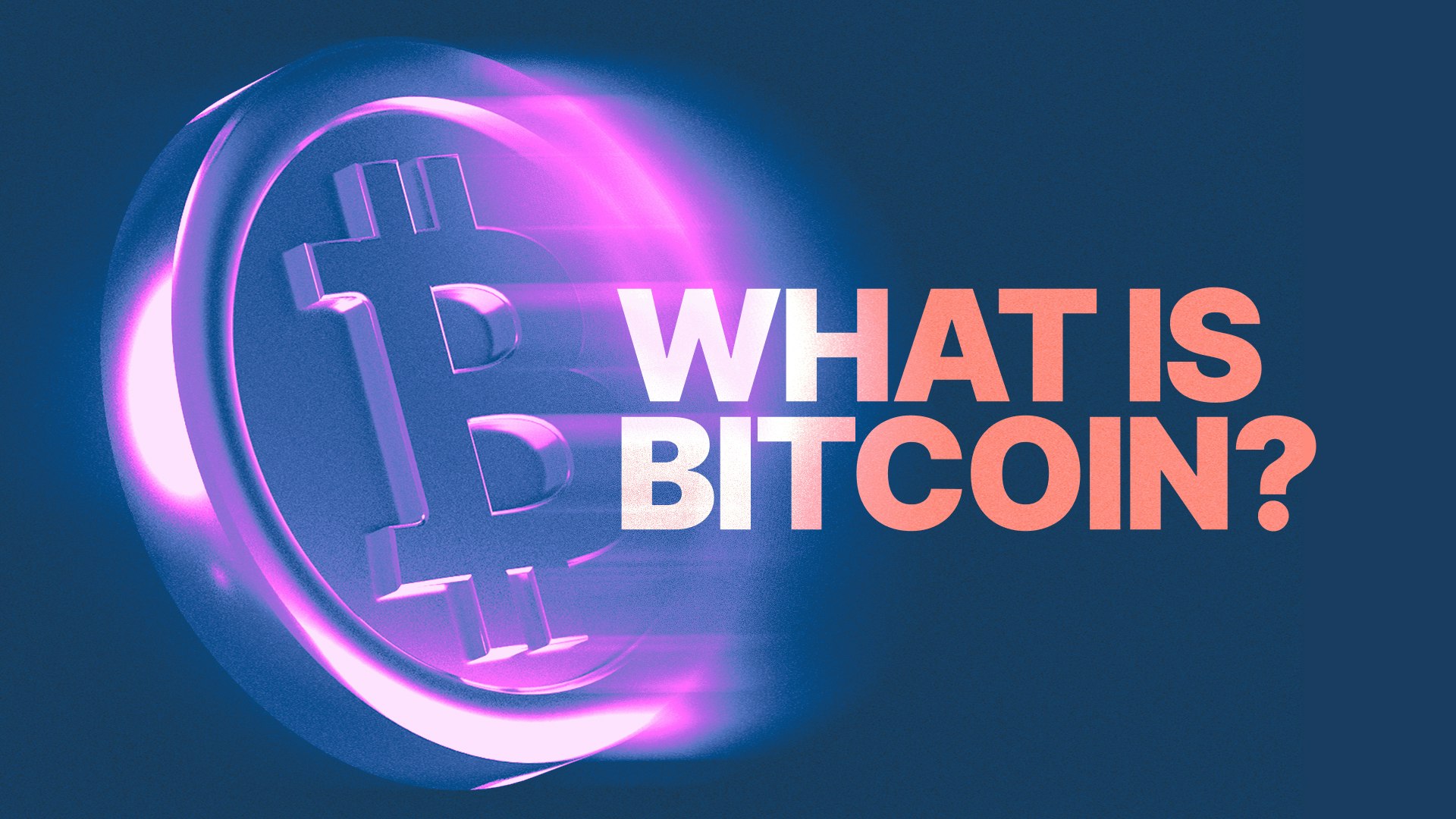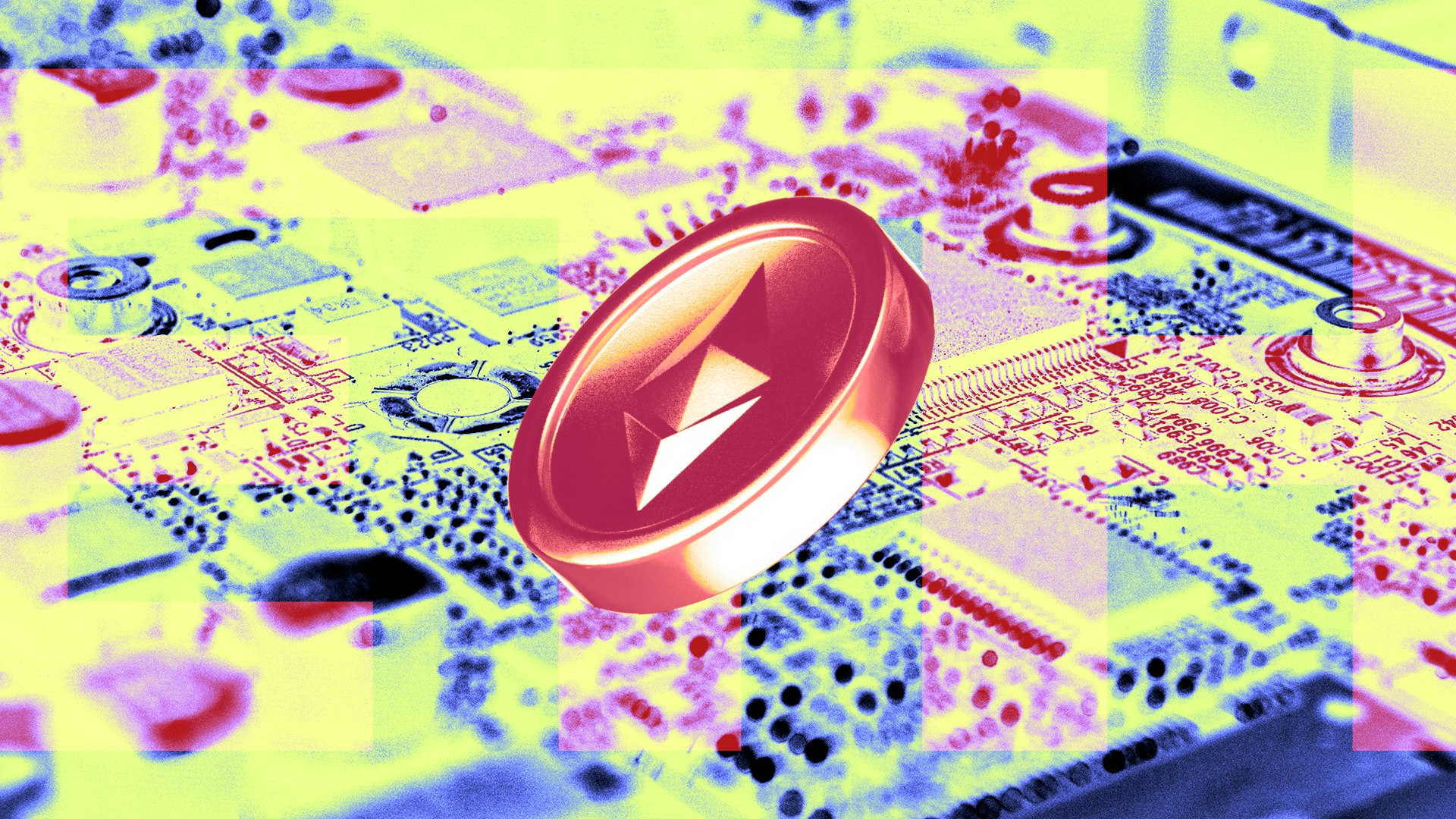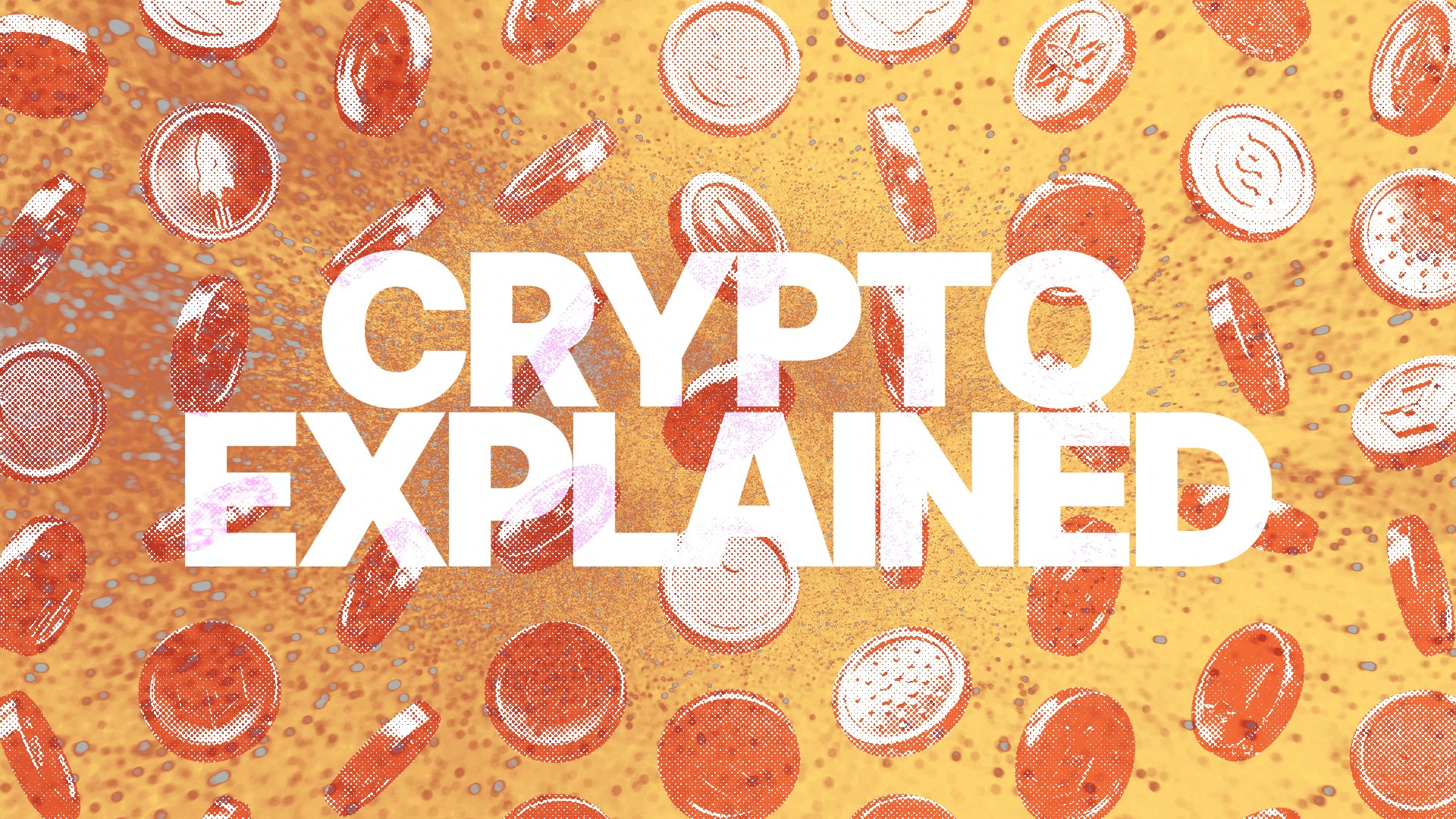Don’t invest unless you’re prepared to lose all the money you invest. This is a high‑risk investment and you should not expect to be protected if something goes wrong. Take 2 mins to learn more.
Crypto Exchange of the Future: What Will They Look Like in 2030?
The crypto exchange of the future is coming at us fast. But what will it look like?
In this article...
- If you think blockchain tech is impressive now, hold on to your hat
- Future crypto exchanges will do so much more
- Here's how we think the crypto exchange of 2030 will operate.

With technology evolving at breakneck speed, the crypto exchange of 2030 will probably bear little resemblance to the ones of today.
So what will be the key developments that will define the next generation of crypto exchanges?
Here’s what we think might happen by 2030.
Intensely-personalised trading environment
Tomorrow's exchanges may integrate AI to create deeply personalised trading experiences. Machine learning algorithms could analyse each user's risk tolerance, trading history, and financial goals to customise interfaces, suggest optimal trading strategies, and even automate portfolio rebalancing.
These systems would potentially be able to adapt in real-time, learning from user behaviour to continuously refine their recommendations.
Seamless cross-chain interoperability
The isolated blockchain ecosystems of today may give way to effortless cross-chain trading. In fact this is already in motion at CoinJar.
Cross-chain smart contracts, and interoperability across blockchains would likely mature to the point where users could trade assets across multiple blockchains without even realising they are trading across multiple ecosystems.
Users would simply select the asset they want to exchange, and the crypto exchange would automatically handle the cross-chain logistics, presenting a unified interface regardless of which blockchains are involved.
Integration with traditional finance
The lines between crypto exchanges and traditional financial platforms could blur. Major investment banks, payment processors, and stock exchanges might acquire crypto exchanges or build their own integrated solutions.
This integration could extend beyond simple trading.
-There might be seamless conversion between cryptocurrencies and traditional assets.
-There could be crypto-collateralised loans.
-Tokenised versions of traditional securities might appear frequently.
-There could be customers accounts that handle both crypto and traditional assets.
Enhanced security through quantum-resistant cryptography
As quantum computers get better, they could break the security systems we use now to keep crypto safe. To fix this, the average cryptocurrency exchange or other crypto platforms will probably start using new, tougher security methods that quantum computers can’t crack.
Similar to all websites employing HTTPS encryption, such as those used for online banking, blockchain technologies will need an upgrade to quantum-resistant encryption algorithms.
Crypto exchanges would also be required to implement these advanced security measures to maintain the integrity and confidentiality of their transactions in the face of emerging quantum computing capabilities.
Real-world asset tokenisation marketplaces
Exchanges could evolve beyond pure cryptocurrency trading to become marketplaces for tokenised real-world assets (RWAs).
Everything from real estate and fine art to intellectual property might be represented as on-chain assets, dramatically expanding the uses of these platforms.
The tokenised assets may be fractionalised. This may allow smaller investors to own portions of previously inaccessible investments.
Smart contracts might automatically handle dividend distributions, voting rights, and other ownership privileges, and automated insurance claim payouts.
User experience focus
By 2030, we expect the user experience to be the focus of the average crypto exchange. Today’s exchanges can have complex charts and jargon-heavy interfaces.
Tomorrow’s platforms will probably feel more intuitive, even to novices.
In-built regulation
The regulatory problems of today may be overcome. Exchanges may be built with compliance at their core. Regulatory technology ("RegTech") could be embedded into exchange architecture, automatically ensuring compliance across multiple jurisdictions.
The road to the 2030 crypto exchange
The next generation of crypto exchanges will be more interesting than ever. We may see platforms that are high-tech yet human-centric, and global yet compliant.
As blockchain technology matures, money can be borderless and transparent. These platforms may create a more efficient global economic system.
Suggested Articles

What is Bitcoin (BTC)? What is "Digital Gold" Used For?
What is Bitcoin? It is a digital currency that can be traded, exchanged, and used as a form of payment independent of central banks and governments.Read more
What is Ethereum? What is ETH Used For?
Ethereum is a decentralised blockchain-based open-source software platform that allows for the development of decentralised applications (dApps).Read more
What Is Crypto? How do Cryptocurrencies Work?
Crypto has become incredibly popular. But how does this digital currency work? And are there cryptos other than Bitcoin? Read moreBrowse by topic
Standard Risk Warning: The above article is not to be read as investment, legal or tax advice and it takes no account of particular personal or market circumstances; all readers should seek independent investment advice before investing in cryptocurrencies.
The article is provided for general information and educational purposes only, no responsibility or liability is accepted for any errors of fact or omission expressed therein. Past performance is not a reliable indicator of future results. We use third party banking, safekeeping and payment providers, and the failure of any of these providers could also lead to a loss of your assets.
We recommend you obtain financial advice before making a decision to use your credit card to purchase cryptoassets or to invest in cryptoassets.
Capital Gains Tax may be payable on profits.
CoinJar's digital currency exchange services are operated in the UK by CoinJar UK Limited (company number 8905988), registered by the Financial Conduct Authority as a Cryptoasset Exchange Provider and Custodian Wallet Provider in the United Kingdom under the Money Laundering, Terrorist Financing and Transfer of Funds (Information on the Payer) Regulations 2017, as amended (Firm Reference No. 928767).
In the UK, it's legal to buy, hold, and trade crypto, however cryptocurrency is not regulated in the UK. It's vital to understand that once your money is in the crypto ecosystem, there are no rules to protect it, unlike with regular investments.
You should not expect to be protected if something goes wrong. So, if you make any crypto-related investments, you're unlikely to have recourse to the Financial Services Compensation Scheme (FSCS) or the Financial Ombudsman Service (FOS) if something goes wrong.
The performance of most cryptocurrency can be highly volatile, with their value dropping as quickly as it can rise. Past performance is not an indication of future results.
Remember: Don't invest unless you're prepared to lose all the money you invest. This is a high-risk investment and you should not expect to be protected if something goes wrong. Take 2 mins to learn more.
UK residents are required to complete an assessment to show they understand the risks associated with what crypto/investment they are about to buy, in accordance with local legislation. Additionally, they must wait for a 24-hour "cooling off" period, before their account is active, due to local regulations. If you use a credit card to buy cryptocurrency, you would be putting borrowed money at a risk of loss.
We recommend you obtain financial advice before making a decision to use your credit card to purchase cryptoassets or to invest in cryptoassets.
Specific risks associated with stablecoins: There is a risk that any particular stablecoin may not hold their value as against any fiat currency; or may not hold their value as against any other asset. Stablecoins carry the following risks:
Depegging events: Depegging events may occur with stablecoins that fail to maintain adequate controls and risk mitigants. A depegging event is when the value of the stablecoin no longer matches the value of the underlying asset. This could result in a loss of some or all of your investment.
• Counterparty risk: Counterparty risk arises when an asset is backed by collateral, involving a third party maintaining the collateral, which introduces risk if the party becomes insolvent or fails to maintain it.
• Redemption risk: Redemption risk refers to the possibility that an asset's ability to be redeemed for underlying collateral may not be as anticipated during market fluctuations or operational issues.
• Collateral risk: Collateral risk refers to the possibility of the collateral's value declining or becoming volatile, potentially impacting the asset's stability, particularly when it is another crypto-asset.
• Exchange rate fluctuations: Stablecoins, often denominated in US Dollars, expose investors to fluctuations in the USD:GBP exchange rate.
• Algorithmic risk: Algorithm risk refers to the possibility of an asset's stability being compromised due to unexpected failure or behaviour of the underlying algorithm, potentially leading to loss of value.
Specific risks associated with meme coins: 'Meme coins' (e.g. DOGE, SHIB, PEPE) are crypto-assets whose value is driven primarily by community interest and online trends. Meme coins carry the following risks:
• Volatility risk: Meme coins can have extreme price volatility, often experiencing rapid and unpredictable price fluctuations within short periods. The value of meme coins can be influenced by social media trends, celebrity endorsements, and other factors unrelated to traditional investment fundamentals.
• Lack of utility: Meme coins often lack intrinsic value or utility, being primarily driven by community interest, online trends, and speculative trading.
• Market manipulation: Meme coins may be susceptible to increased risk of market manipulation including 'pump-and-dump' schemes, where the price is artificially inflated followed by a sudden crash.
• Lack of transparency: Meme coins may have limited available information about their development teams, goals, and financials. This lack of transparency can make it challenging to assess the credibility and potential of a meme coin accurately.
• Emotional investing: Meme coins often garner strong emotional reactions from investors, leading to impulsive decisions. Emotional trading activity can amplify losses. Specific risks associated with DeFi tokens
Decentralised Finance (or 'DeFi') tokens (e.g. UNI, AAVE) are crypto-assets linked to financial applications and protocols built on decentralised blockchain technology.
DeFi tokens carry the following risks:Smart contract risk: DeFi relies heavily on smart contracts. Even a minor coding error or oversight can lead to a contract being exploited, potentially resulting in significant losses for DeFi tokens.
Regulatory risk: DeFi operates in a decentralised manner, often without intermediaries or financial crime controls. Regulatory bodies across jurisdictions might introduce new regulations impacting the use, value, or legality of certain DeFi protocols or assets. Rug-pulls / Exit scams: Some DeFi projects might be launched by anonymous or pseudonymous teams, increasing the risk of "rug pulls" where developers abandon the project and withdraw funds, leaving investors with worthless tokens.
Data/oracle risk: DeFi protocols often rely on external data sources or 'oracles. Manipulation or inaccuracies in these data sources can lead to unintended financial outcomes within the protocols.
Protocol complexity: The complexity of some DeFi protocols can make it difficult for average users to fully understand the mechanisms and associated risks.
If you use a credit card to buy cryptocurrency, you would be putting borrowed money at a risk of loss. We recommend you obtain financial advice before making a decision to use your credit card to purchase cryptoassets or to invest in cryptoassets.
Your information is handled in accordance with CoinJar’s Privacy Policy.
Cryptoassets traded on CoinJar UK Limited are largely unregulated in the UK, and you are unable to access the Financial Service Compensation Scheme or the Financial Ombudsman Service.
We use third party banking, safekeeping and payment providers, and the failure of any of these providers could also lead to a loss of your assets.
We recommend you obtain financial advice before making a decision to use your credit card to purchase cryptoassets or to invest in cryptoassets. Capital Gains Tax may be payable on profits.
CoinJar’s digital currency exchange services are operated in the UK by CoinJar UK Limited (company number 8905988), registered by the Financial Conduct Authority as a Cryptoasset Exchange Provider and Custodian Wallet Provider in the United Kingdom under the Money Laundering, Terrorist Financing and Transfer of Funds (Information on the Payer) Regulations 2017, as amended (Firm Reference No. 928767).
Apple Pay and Apple Watch are trademarks of Apple Inc. Google Pay is a trademark of Google LLC.
This site is protected by reCAPTCHA and the Google Privacy Policy and Terms of Service apply.